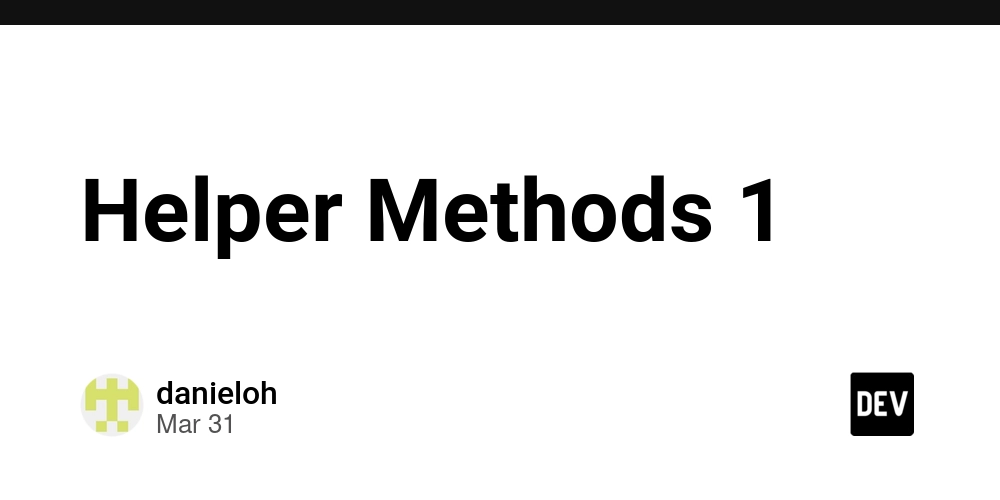Comprehensive List of Programming Languages and Their Uses
Introduction Programming languages are essential tools for software development, enabling developers to create applications, websites, and systems. They can be categorized based on their paradigms, use cases, and industries they serve. This document provides a structured list of popular programming languages and their applications. Categorization of Programming Languages 1. By Paradigm Procedural Languages Procedural programming follows a step-by-step approach, executing instructions in sequence. C – System programming, embedded systems Pascal – Education, structured programming BASIC – Beginner-friendly programming Object-Oriented Languages Object-oriented programming (OOP) focuses on encapsulating data and behavior into objects. Java – Enterprise applications, Android development C++ – Game development, high-performance applications Python – Web development, data science Functional Languages Functional programming emphasizes the use of pure functions and immutable data. Haskell – Research, academia Lisp – AI, symbolic computation F# – Finance, scientific computing Scripting Languages Scripting languages are often used for automating tasks and developing lightweight applications. JavaScript – Web development, front-end scripting Python – Automation, data analysis Ruby – Web applications, DevOps scripting 2. By Use Case Web Development JavaScript – Front-end and back-end web development PHP – Server-side scripting Ruby – Web applications (e.g., Ruby on Rails) TypeScript – Typed superset of JavaScript Mobile Development Swift – iOS applications Kotlin – Android applications Dart – Cross-platform mobile development (Flutter) Game Development C++ – High-performance game engines (Unreal Engine) C# – Unity game development Lua – Scripting for game engines Data Science & AI Python – Machine learning, deep learning R – Statistical computing, data visualization Julia – High-performance scientific computing Systems Programming C – Operating systems, embedded systems Rust – Memory-safe systems programming Go – Cloud computing, scalable applications List of Programming Languages Language Category Primary Use Case Assembly Low-Level Embedded Systems, Hardware Control C Low-Level System Programming, Embedded Systems C++ High-Level Game Development, High-Performance Applications Java High-Level Enterprise Applications, Android Development Python High-Level Web Development, Data Science, AI JavaScript High-Level Web Development, Frontend & Backend TypeScript High-Level Web Development (Typed JavaScript) C# High-Level Game Development (Unity), Windows Apps Swift High-Level iOS and macOS Applications Kotlin High-Level Android Development PHP High-Level Server-Side Web Development Ruby High-Level Web Development (Ruby on Rails) Go (Golang) High-Level Cloud Computing, Scalable Apps Rust Low-Level System Programming, Memory Safety R High-Level Statistical Computing, Data Science Julia High-Level High-Performance Computing, AI Perl High-Level Text Processing, Scripting Haskell High-Level Functional Programming, Research Lisp High-Level AI, Symbolic Computation F# High-Level Finance, Scientific Computing Lua High-Level Game Scripting, Embedded Systems Dart High-Level Mobile & Web Development (Flutter) Scala High-Level Big Data (Apache Spark), Web Apps Shell (Bash) High-Level Automation, System Administration MATLAB High-Level Engineering, Mathematical Computing Prolog High-Level AI, Logic Programming COBOL Low-Level Business & Finance Applications Fortran Low-Level Scientific & Engineering Applications Ada Low-Level Safety-Critical Systems (Aerospace, Defense) Delphi High-Level Windows Applications Conclusion Different programming languages serve various purposes, and choosing the right one depends on the specific application or industry. Whether you’re developing software for the web, mobile, gaming, data science, or systems programming, there’s a language tailored to your needs. Understanding their strengths and use cases helps developers make informed decisions in their projects.

Introduction
Programming languages are essential tools for software development, enabling developers to create applications, websites, and systems. They can be categorized based on their paradigms, use cases, and industries they serve. This document provides a structured list of popular programming languages and their applications.
Categorization of Programming Languages
1. By Paradigm
Procedural Languages
Procedural programming follows a step-by-step approach, executing instructions in sequence.
- C – System programming, embedded systems
- Pascal – Education, structured programming
- BASIC – Beginner-friendly programming
Object-Oriented Languages
Object-oriented programming (OOP) focuses on encapsulating data and behavior into objects.
- Java – Enterprise applications, Android development
- C++ – Game development, high-performance applications
- Python – Web development, data science
Functional Languages
Functional programming emphasizes the use of pure functions and immutable data.
- Haskell – Research, academia
- Lisp – AI, symbolic computation
- F# – Finance, scientific computing
Scripting Languages
Scripting languages are often used for automating tasks and developing lightweight applications.
- JavaScript – Web development, front-end scripting
- Python – Automation, data analysis
- Ruby – Web applications, DevOps scripting
2. By Use Case
Web Development
- JavaScript – Front-end and back-end web development
- PHP – Server-side scripting
- Ruby – Web applications (e.g., Ruby on Rails)
- TypeScript – Typed superset of JavaScript
Mobile Development
- Swift – iOS applications
- Kotlin – Android applications
- Dart – Cross-platform mobile development (Flutter)
Game Development
- C++ – High-performance game engines (Unreal Engine)
- C# – Unity game development
- Lua – Scripting for game engines
Data Science & AI
- Python – Machine learning, deep learning
- R – Statistical computing, data visualization
- Julia – High-performance scientific computing
Systems Programming
- C – Operating systems, embedded systems
- Rust – Memory-safe systems programming
- Go – Cloud computing, scalable applications
List of Programming Languages
| Language | Category | Primary Use Case |
|---|---|---|
| Assembly | Low-Level | Embedded Systems, Hardware Control |
| C | Low-Level | System Programming, Embedded Systems |
| C++ | High-Level | Game Development, High-Performance Applications |
| Java | High-Level | Enterprise Applications, Android Development |
| Python | High-Level | Web Development, Data Science, AI |
| JavaScript | High-Level | Web Development, Frontend & Backend |
| TypeScript | High-Level | Web Development (Typed JavaScript) |
| C# | High-Level | Game Development (Unity), Windows Apps |
| Swift | High-Level | iOS and macOS Applications |
| Kotlin | High-Level | Android Development |
| PHP | High-Level | Server-Side Web Development |
| Ruby | High-Level | Web Development (Ruby on Rails) |
| Go (Golang) | High-Level | Cloud Computing, Scalable Apps |
| Rust | Low-Level | System Programming, Memory Safety |
| R | High-Level | Statistical Computing, Data Science |
| Julia | High-Level | High-Performance Computing, AI |
| Perl | High-Level | Text Processing, Scripting |
| Haskell | High-Level | Functional Programming, Research |
| Lisp | High-Level | AI, Symbolic Computation |
| F# | High-Level | Finance, Scientific Computing |
| Lua | High-Level | Game Scripting, Embedded Systems |
| Dart | High-Level | Mobile & Web Development (Flutter) |
| Scala | High-Level | Big Data (Apache Spark), Web Apps |
| Shell (Bash) | High-Level | Automation, System Administration |
| MATLAB | High-Level | Engineering, Mathematical Computing |
| Prolog | High-Level | AI, Logic Programming |
| COBOL | Low-Level | Business & Finance Applications |
| Fortran | Low-Level | Scientific & Engineering Applications |
| Ada | Low-Level | Safety-Critical Systems (Aerospace, Defense) |
| Delphi | High-Level | Windows Applications |
Conclusion
Different programming languages serve various purposes, and choosing the right one depends on the specific application or industry. Whether you’re developing software for the web, mobile, gaming, data science, or systems programming, there’s a language tailored to your needs. Understanding their strengths and use cases helps developers make informed decisions in their projects.






































































![[DEALS] The Ultimate Microsoft Office Professional 2021 for Windows: Lifetime License + Windows 11 Pro Bundle (87% off) & Other Deals Up To 98% Off](https://www.javacodegeeks.com/wp-content/uploads/2012/12/jcg-logo.jpg)







